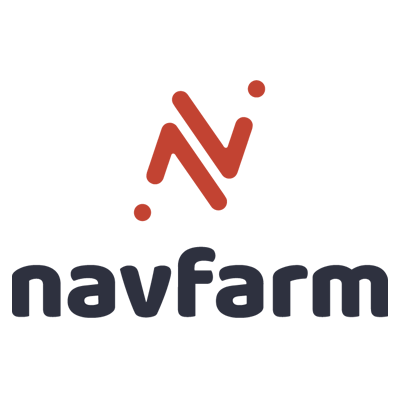Dairy management faces a number of challenges. The farm inputs are expensive minimizing incorporation of mechanization in dairy farming. Another challenge is early detection of mastitis in dairy cows. Essentially, conducting milk conductivity errors helps detect and treat potential mastitis early in your herd. Mastitis is tested using a strip cup. Apparently, mastitis leads to low milk production.
Modern systems like NavFarm (ERP) utilizes modules that seeks to integrate and optimize an enterprise’s information flow, processes and all functions to allow data provision in real time. Capturing real time information on daily basis and maintaining measurements to ensure no deviation helps sector organize and perform. Essentially, ERP system ensures that all farm processes are automated to share data across the farm but primarily to produce data in real time.
ERP like NAVFarm improves the performance of a particular though reduction of cycle times. However, studies depicts that most farming ERP systems encounter resistance and failure. In U.S., farms experience failure whereby at least 65% of owners claim that ERP implementation has a moderate of hurting their enterprises. Apparently, there lack adequate support for integration and implementation of ERP among farmers. Additionally, most farmers are poorly trained as well as poor ERP system installation among some farms causes major challenges.
Navfarm makes it possible to collect information in real time on poultry health and the same information reaches the manager instantly. In spite of the success associated with poultry software, very few modern poultry farmers embrace this kind of technology. In fact, few farms are in a position to collate and analyze data from their farm due to lack of sufficient time and knowledge including other obligations. Consequently, information that is fundamental to farmers; as it provides insight goes to waste.
Livestock management tools are necessary especially in every livestock farm. These tools are useful during emergencies or when the veterinarian is not available. Livestock management tools assist the farmer to judge the health of animals on the farm. Most farmers lack insights on the basics of good animal health care. A farmer ought to understand how and when to use a tool such as a thermometer.
In this era of civilization, the use of mobile and cloud-based apps is essential. In fact, mobile and cloud based applications help farmers to address any sustainability challenges as well as creating a financial value for all farms. It is primarily used in delivering information and enabling farmers make sound land management choices. Reuters Market Light (RML) is a good example of a mobile application for farming which utilizes. However, mobile application for farming faces challenges including cloud computing, integration of IT systems as well as limited inadequate education and low mobile phones proliferation among farmers especially in the rural areas.
In conclusion, the vast benefits of ICT in the agricultural sector aims at reducing transactional, transportation as well as product traceability, storage and pest and disease control and tracking. Apparently, digitization of traditional core sectors heightens the overall farm performance.
Keywords: Livestock, Poultry, Feed, Food & Retail, Slaughtering, Hatching, Egg Costing, Equipment, Diary and Distribution, Feed Manufacturing, Layer farming, Processed Foods and Medicines, Dynamics 365, Azure, On Cloud, QuickBooks, Egg Costing, Integrated Farm, GDPR Compliance, Microsoft Dynamics NAV, Microsoft Dynamics AX, Microsoft, Microsoft Dynamics Business Central, SAP, .Net, SharePoint, IoT, AI, ML
